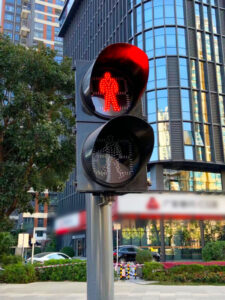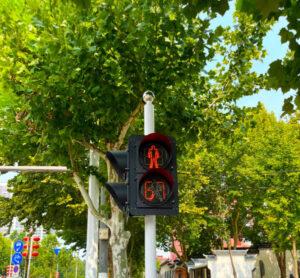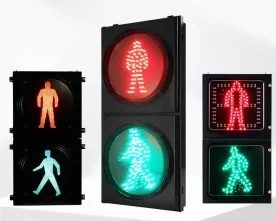Table of Contents
Stop lights are ubiquitous in modern society. At nearly every intersection, we encounter the familiar red, yellow, and green signals. While these lights may appear simple — directing traffic to stop or go — they carry much deeper significance. Beyond mere instructions, stop lights embody essential principles of safety, order, and cooperation in public spaces. This article explores the meaning behind stop lights, their role in traffic management, and their broader symbolic implications.
The Practical Purpose of Stop Lights

At their core, stop lights are traffic control devices that regulate the flow of vehicles and pedestrians at intersections, ensuring both safety and efficient movement. Each color — red, yellow, and green — conveys a clear and specific instruction:
- Red means stop— All vehicles and pedestrians must immediately stop, allowing one direction to yield and minimizing the risk of accidents. This helps maintain order and safety, especially at high-traffic intersections.
- Yellow (amber) means caution— Indicates that the light is about to turn red, prompting drivers to slow down, prepare to stop, and proceed carefully if already too close to halt safely.
- Green means go— Signals that it is safe to move forward, but drivers and pedestrians should still check the path is clear and proceed responsibly.
This universally recognized color system transcends language barriers, providing a consistent and reliable method for controlling traffic behavior.
How Stop Lights Promote Order and Trust
Stop lights serve a broader social function beyond individual compliance; they represent shared responsibility and collective cooperation. By clearly assigning right of way, they ensure that multiple parties can navigate intersections safely and fairly.
- Preventing chaos: Without stop lights, intersections could become unpredictable and dangerous, especially during periods of heavy traffic.
- Protecting pedestrians: Stop lights often include dedicated pedestrian crossing signals, allowing safe passage across busy streets.
- Maintaining fairness: By regulating traffic flow, stop lights ensure that each participant — whether a driver or a pedestrian — is treated equitably.
The presence of stop lights fosters order and reliability, reducing accidents and supporting efficient movement for all road users.
Stop Lights as Symbols Beyond Traffic
The influence of stop lights extends into everyday life, where their colors have become metaphors for decision-making and risk assessment:
- Green light: Signifies permission or the go-ahead. It indicates that it is safe to move forward, but one should still stay alert and proceed responsibly. In daily life and work, a “green light” often represents readiness, opportunity, and the right timing for action.
- Yellow light: Suggests caution or hesitation. It signals the need to slow down, evaluate the situation, and prepare for potential changes or obstacles. Yellow reminds us to think carefully before making decisions.
- Red light: Indicates a stop or potential danger. It warns that proceeding may be unsafe or inappropriate, urging reflection and restraint. In broader terms, red symbolizes boundaries, necessary pauses, and the importance of waiting for the right moment.
These symbolic associations are widespread in language, culture, and decision-making, demonstrating the deep integration of stop lights into human cognition and communication.
The Deeper Message of Stop Lights

Stop lights convey lessons beyond traffic management, reflecting principles of safety, timing, and self-regulation. Each color embodies a different aspect of how humans navigate both literal and metaphorical intersections:
- Red (Stop): Encourages reflection and restraint. It reminds us that pausing before acting can prevent accidents, mistakes, or harm, both on the road and in life.
- Yellow (Caution): Promotes careful evaluation and measured responses. It signals that we should slow down, assess the situation, and prepare for potential changes or challenges.
- Green (Go): Signals readiness to proceed. It represents not just movement, but the right timing to act, emphasizing confidence, responsibility, and forward progress.
In essence, stop lights teach balance — when to pause, when to slow down, and when to advance — lessons applicable to both road safety and life in general.
Conclusion
Stop lights are far more than colored signals at intersections; they are a universal system that ensures safety, fairness, and efficiency in traffic management. Beyond their practical function, stop lights have evolved into powerful symbols of decision-making, caution, and progress. Through their red, yellow, and green signals, they remind us of the importance of knowing when to pause, proceed, or exercise caution. By adhering to these signals, whether on the road or in life, we maintain order, promote safety, and move forward harmoniously.
0











